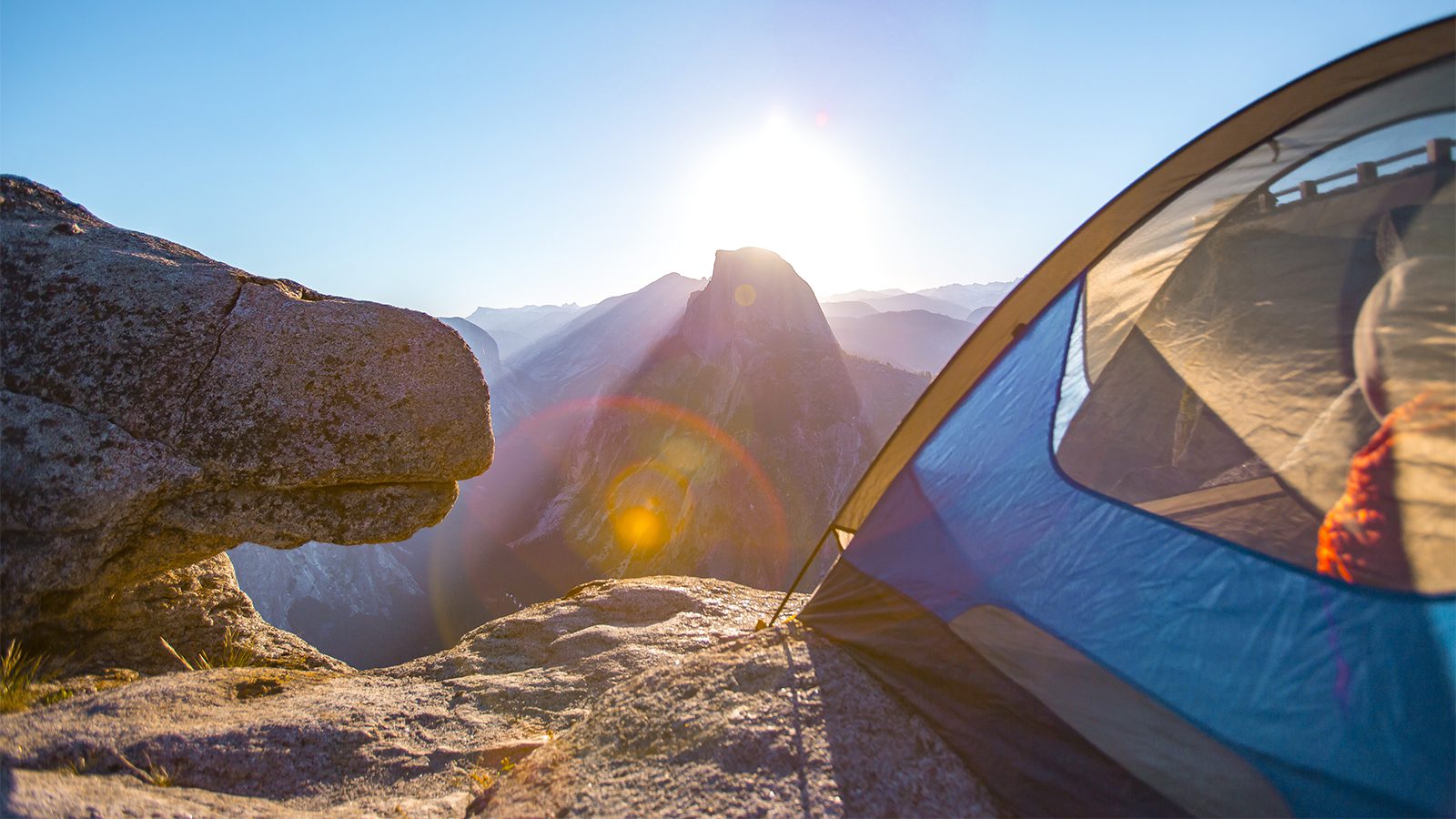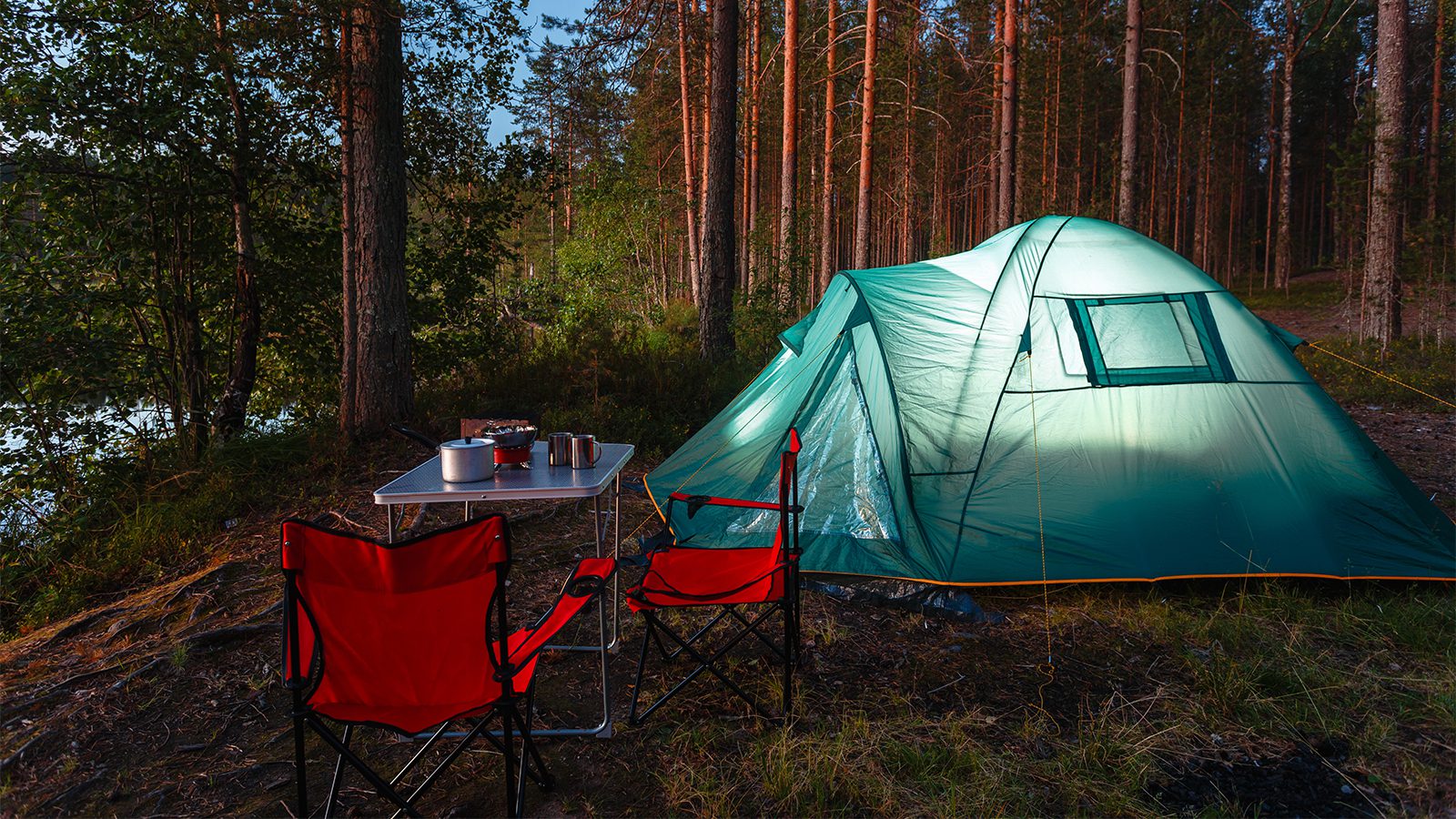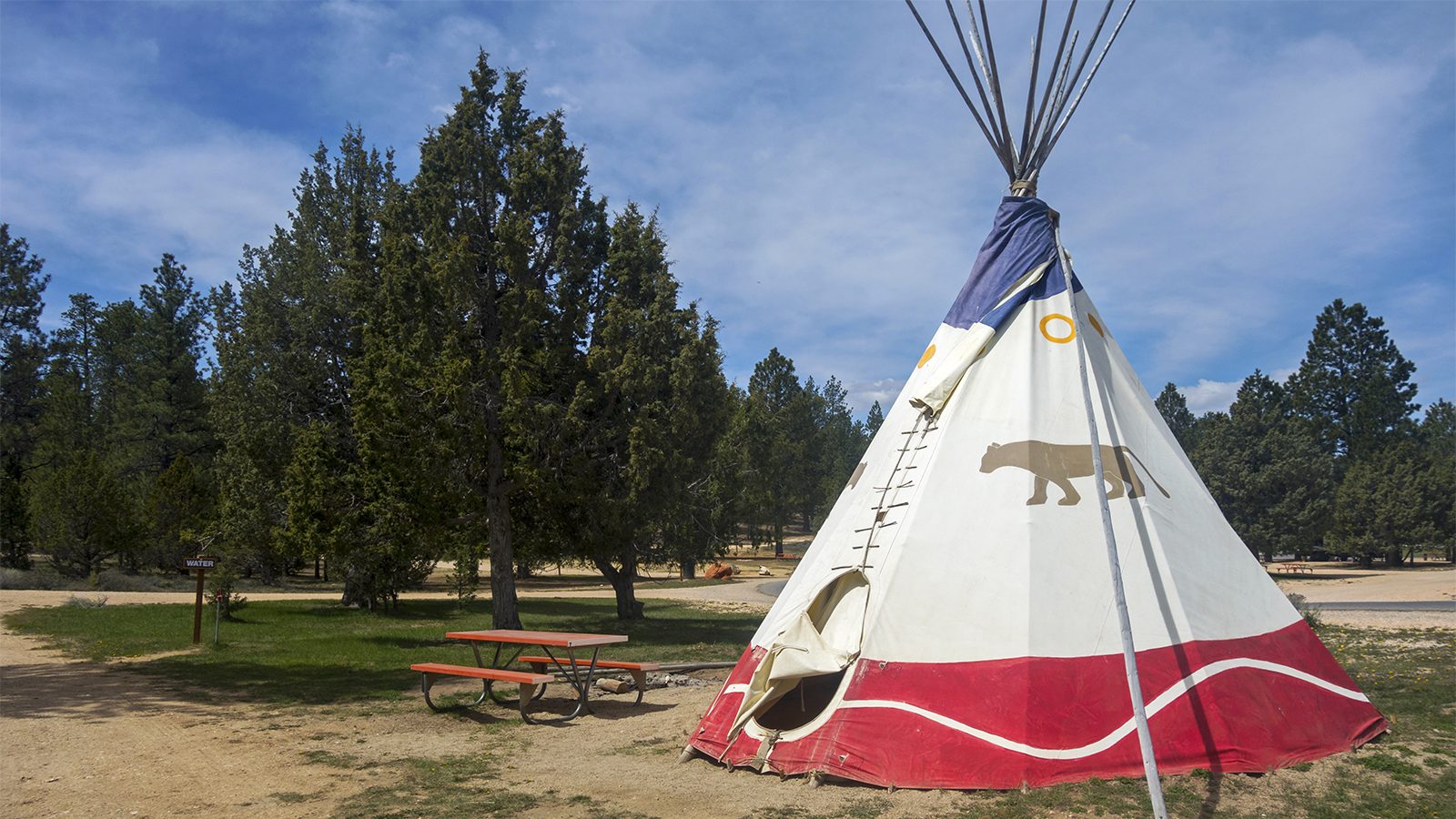There’s no better way to experience all that Joshua Tree National Park has to offer than to camp within the park.
Here are some tips for making the most of your camping trip in Joshua Tree.
1. Book early
During the fall, winter, and spring months (September to May), it can be very difficult to get a camping reservation at Joshua Tree National Park.
While last-minute weekday reservations aren’t impossible to get, you’ll have a hard time finding a last-minute weekend site.
For reservable campgrounds, book your campsite as early as possible, usually 6 months ahead of time to avoid disappointment.
2. Have alternatives
If you’re planning a spur of the moment trip to Joshua Tree National Park during the fall, winter, and spring, your first-come, first-served camping options will be limited.
Should you struggle to get a campsite in the park, the Bureau of Land Management (BLM) land outside the park is free if you opt for a dispersed campsite off of a secondary road.
Check out the BLM website for more guidance on dispersed camping in the region.
3. Bring water
There are only 2 campgrounds within Joshua Tree that have potable water; Blackrock and Cottonwood. This means that camping in the park requires quite a bit of pre-planning.
Come prepared with your own fillable water tanks, which you can top off at most of the park’s ranger stations before you head into your campground for the night.
4. Pack a tarp
Even if you’re visiting during the winter months, it can get very hot in Joshua Tree.
Most campsites in the park do not offer a lot of shade, so be sure to pack a tarp or something similar to create a place to cool off at your campsite.
5. Pitch hammocks wisely
Hammocks are popular for lounging about, but Joshua Tree National Park has some very specific rules about where you can and can’t use them.
Hammocks aren’t allowed in any of the park’s campgrounds.
If you plan to do a lot of climbing during your trip, you’re welcome to pitch a hammock using bolts or protection at the crag.
Otherwise, attaching hammock straps, slacklines, or any other ropes to Joshua trees, junipers, or other vegetation is a major no-no in the park.
Gaby Pilson
Gaby is a professional mountain guide with a master’s degree in outdoor education. She works primarily in the polar regions as an expedition guide, though she can be found hiking, climbing, skiing, sailing, or paddling in some of the world’s most amazing places when not at work.


